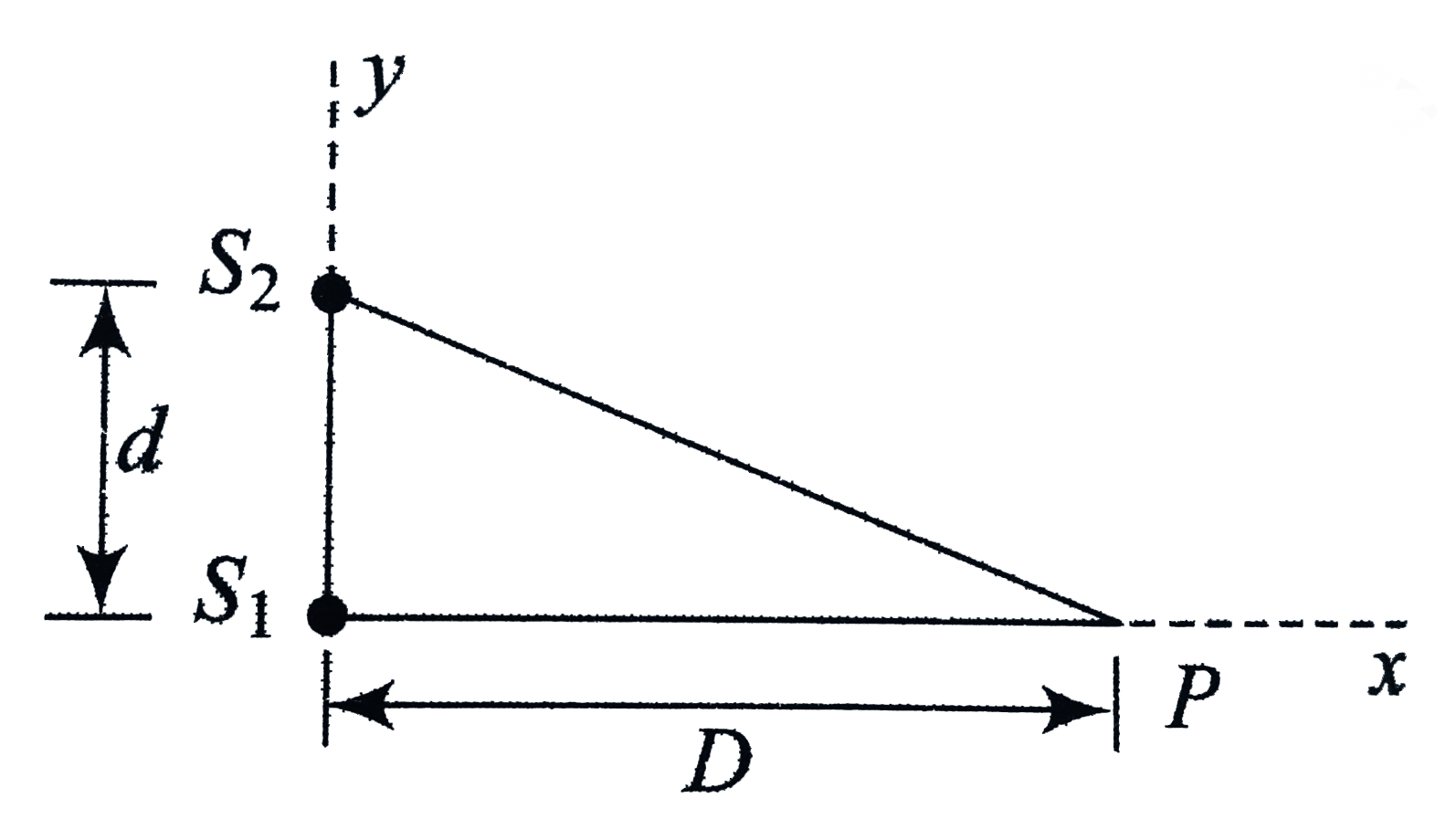The eye can detect 5×104 photons (m2s)−1 of green light (λ=5000A), whole ear can detect 10−13Wm2 . As a power detector, which is more sensitive and by what factor?
Eye is more sensitive and by a factor of 5.00
Ear is more sensitive by a factor of 5.00
Both are equally sensitive
Eye is more sensitive by a factor of 10−1
The correct Answer is:A
To determine which is more sensitive between the eye and the ear, we need to calculate the intensity of light detected by the eye and compare it with the intensity detected by the ear.
1. Given Data:
- Photons detected by the eye: N=5×104 photons (m2s)−1
- Wavelength of green light: λ=5000Å=5000×10−10m
- Intensity detected by the ear: Iear=10−13W/m2
2. Calculate Energy of a Single Photon:
The energy E of a single photon can be calculated using the formula:
E=hcλ
Where:
- h=6.63×10−34J⋅s (Planck's constant)
- c=3×108m/s (speed of light)
- λ=5000×10−10m
Substituting the values:
E=(6.63×10−34)(3×108)5000×10−10
E=1.989×10−255×10−7=3.978×10−19J
3. Calculate Intensity Detected by the Eye:
The intensity Ieye can be calculated using the formula:
Ieye=N×E
Where N=5×104 photons (m2s)−1.
Substituting the values:
Ieye=(5×104)×(3.978×10−19)
Ieye=1.989×10−14W/m2
4. Compare the Sensitivity:
Now we compare the two intensities:
- Intensity detected by the ear: Iear=10−13W/m2
- Intensity detected by the eye: Ieye=1.989×10−14W/m2
To find out which is more sensitive, we calculate the factor:
Sensitivity Factor=IearIeye
Sensitivity Factor=10−131.989×10−14≈5.03
Conclusion:
The ear is more sensitive than the eye by a factor of approximately 5.
- Photons detected by the eye: N=5×104 photons (m2s)−1
- Wavelength of green light: λ=5000Å=5000×10−10m
- Intensity detected by the ear: Iear=10−13W/m2
The energy E of a single photon can be calculated using the formula:
E=hcλ
Where:
- h=6.63×10−34J⋅s (Planck's constant)
- c=3×108m/s (speed of light)
- λ=5000×10−10m
E=(6.63×10−34)(3×108)5000×10−10
E=1.989×10−255×10−7=3.978×10−19J
The intensity Ieye can be calculated using the formula:
Ieye=N×E
Where N=5×104 photons (m2s)−1.
Ieye=(5×104)×(3.978×10−19)
Ieye=1.989×10−14W/m2
Now we compare the two intensities:
- Intensity detected by the ear: Iear=10−13W/m2
- Intensity detected by the eye: Ieye=1.989×10−14W/m2
Sensitivity Factor=IearIeye
Sensitivity Factor=10−131.989×10−14≈5.03
The ear is more sensitive than the eye by a factor of approximately 5.
Topper's Solved these Questions
- PHOTOELECTRIC EFFECTBOOK - CENGAGE PHYSICS ENGLISHCHAPTER - PHOTOELECTRIC EFFECTEXERCISE - Multiple Correct
10 Videos
- PHOTOELECTRIC EFFECTBOOK - CENGAGE PHYSICS ENGLISHCHAPTER - PHOTOELECTRIC EFFECTEXERCISE - Linked Comprehension
44 Videos
- PHOTOELECTRIC EFFECTBOOK - CENGAGE PHYSICS ENGLISHCHAPTER - PHOTOELECTRIC EFFECTEXERCISE - Subjective
16 Videos
- NUCLEAR PHYSICSBOOK - CENGAGE PHYSICS ENGLISHCHAPTER - NUCLEAR PHYSICSEXERCISE - ddp.5.5
14 Videos
- RAY OPTICSBOOK - CENGAGE PHYSICS ENGLISHCHAPTER - RAY OPTICSEXERCISE - DPP 1.6
12 Videos
Similar Questions
The human eye can barely detect a yellow lings (λ=6000A) that delivers 1.7×10−18W to the retina. The number of photons per second falling on the eye is nearest to
View SolutionA monochromatic beam of light (λ=4900A) incident normally upon a surface produces a pressure of 5×10−7Nm−2 on it. Assume that 25% of the light incident in reflected and the rest absorbed. Find the number of photons falling per second on a unit area of thin surface
View SolutionThe faintest sound the human ear can detect at a frequency of 1000 Hz correspond to an intensity of about 1.00×10−12Wm2, which is called threshold of hearing. The loudest sounds the ear can tolerate at this frequency correspond to an intensity of about 1.00Wm2, the threshold of pain. Detemine the pressure amplitude and displacement amplitude associated with these two limits. Take speed of sound=342ms and density of air=1.20kgm3
View SolutionThreshold frequency of a metal is 5×1013s−1 upon which 1×1014s−1 frequency light is focused. Then the maximum kinetic energy of emitted electron is
View SolutionAt t=O, light of intensity 1012 photons/s−m2 of energy 6eV per photon starts falling on a plate with work founction 2.5eV If area of the plate is 2×10−4m2 and for every 105 photons one photoelectron is emitted, charge on the plate at t=25 s is
View SolutionA 100W bulb has tungsten filament of total length 1.0m and raidius 4×10−5m . The emiswsivity of the filament is 0.8 and σ=6.0×10−8Wm−2K−4 . Calculate the temperature of the filament when the bulb is oprating at correct wattage.
View Solutiontwo galvanometers of resistance 100Ωand50Ω, are 10−8A/div and 2×10−5A/div respectively. In which case the voltage sensitivity is more ?
View SolutionThe minimum intensity of light to be detected by human eye is 10−10W/m2. The number of photons of wavelength 5.6×10−7m entering the eye , with pupil area 10−6m2 , per second for vision will be nearly
View SolutionTwo sources S1 and S2 emiting light of wavelenght 600 nm placed a distance 1.0×10−2 cm apart.
A detector can be moved on line S1P which is perpendicular to S1S2
(a) What would be the minimum and maximum path difference at the detector as it moves along line S1P ?
(b) Locate the psoition of the farthest minima detected
 .
.
View SolutionTwo sources S1andS2 emitting light of wave length 600 nm are placed a distance 1.0x10−2 cm apart. A detector can be moved on the litre line S1P which is perpendicular to S1S2. a.What would be the minimum and maximum path differrence at the detector as it is moved alog the line S1P? b. Locate the position of the farthest minimum detect.
View Solution
